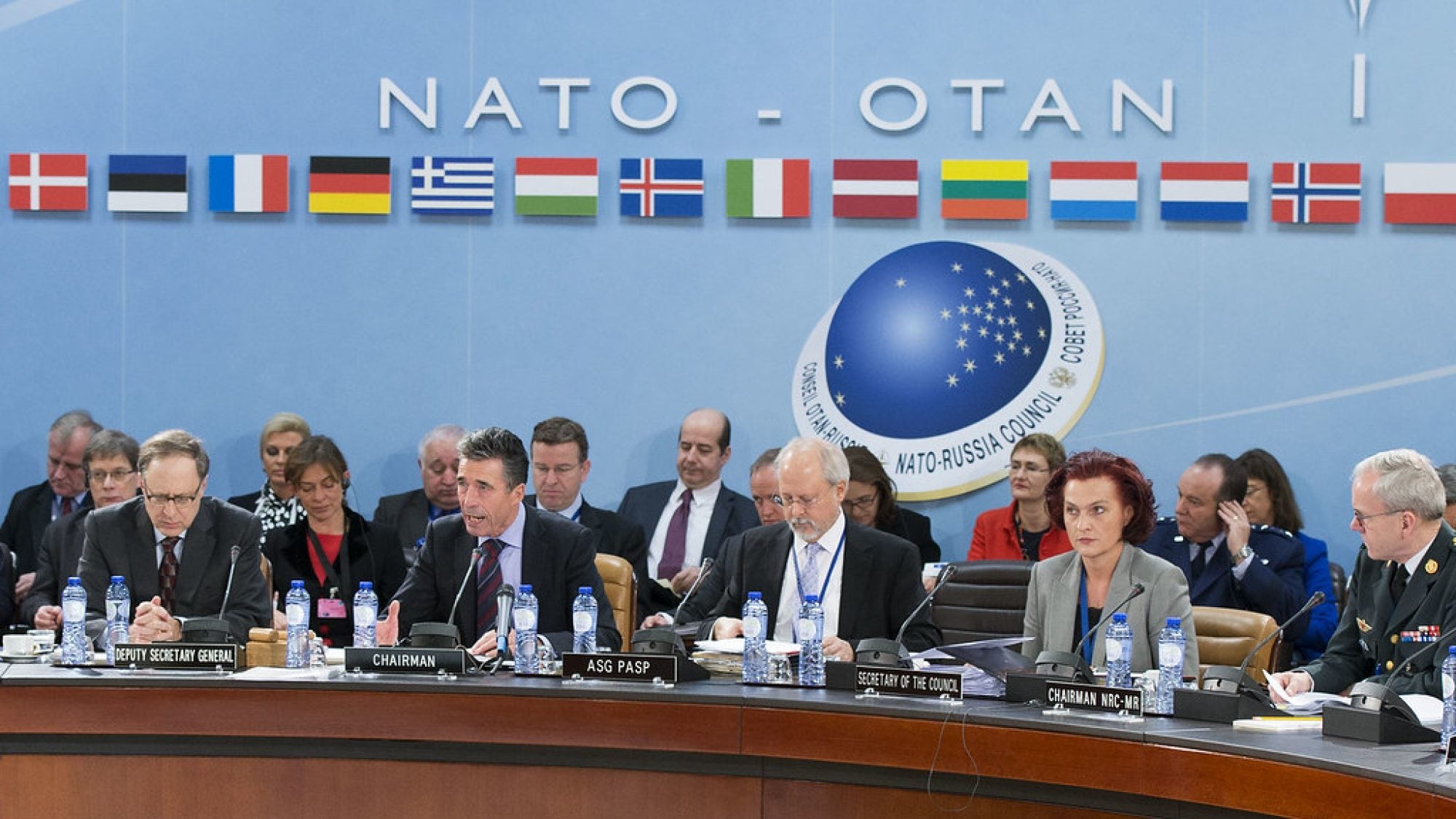The North Atlantic Treaty Organization (NATO) has played a pivotal role in maintaining peace and security in the Euro-Atlantic area since its inception in 1949. In recent years, the resurgence of Russian aggression, particularly following the annexation of Crimea in 2014 and ongoing military actions in Ukraine, has compelled NATO to reassess its strategies and commitments. This article explores the multifaceted role of NATO in responding to Russian aggression, examining its historical context, military strategies, political responses, and the implications for global security.
Historical Context of NATO and Russian Relations
NATO was established primarily as a collective defense mechanism against potential threats from the Soviet Union during the Cold War. The dissolution of the Soviet Union in 1991 led to a redefinition of NATO’s role, shifting focus toward crisis management and cooperative security. However, relations between NATO and Russia have been fraught with tension due to differing security interests and historical grievances.
- 1990s: Post-Cold War optimism and initial cooperation.
- 2000s: NATO’s eastward expansion, including the accession of former Eastern Bloc countries, heightened Russian concerns.
- 2014: Annexation of Crimea marked a significant turning point, leading to the deterioration of relations.
NATO’s Military Response to Russian Aggression

In response to Russian actions, NATO has significantly enhanced its military presence and readiness in Eastern Europe. The following measures illustrate NATO’s strategic military response:
- Enhanced Forward Presence (EFP): Deployed multinational battlegroups in Estonia, Latvia, Lithuania, and Poland to deter aggression.
- Increased Military Exercises: Conducted large-scale exercises, such as Operation Saber Strike and Defender Europe, to improve interoperability among member states.
- Rapid Response Forces: Established a NATO Very High Readiness Joint Task Force (VJTF) capable of deploying within days.
These military initiatives demonstrate NATO’s commitment to collective defense as outlined in Article 5 of the North Atlantic Treaty, which states that an armed attack against one member is considered an attack against all.
Political and Diplomatic Strategies

NATO’s response to Russian aggression extends beyond military action. The organization has employed political and diplomatic strategies to counter Russian influence and promote regional stability. Key aspects of NATO’s political approach include:
- Strengthening Alliances: Enhanced collaboration with non-member states, such as Ukraine and Georgia, to bolster their defense capabilities.
- Diplomatic Engagement: Continued dialogue with Russia through forums like the NATO-Russia Council, despite the tensions.
- Sanctions and Economic Measures: Supporting international sanctions against Russia in collaboration with the European Union and other global partners.
These strategies aim to isolate Russia politically while reinforcing NATO’s collective defense posture.
Case Studies of NATO’s Response
Several key events illustrate NATO’s evolving response to Russian aggression:
The Annexation of Crimea
The annexation of Crimea in 2014 was a watershed moment in European security. NATO’s immediate response included:
- Suspending all practical civilian and military cooperation with Russia.
- Increasing air and naval patrols in the Baltic Sea and Black Sea regions.
- Reassuring Eastern European allies through public commitments and military presence.
The Ukraine Conflict

The ongoing conflict in Eastern Ukraine has prompted NATO to provide support to the Ukrainian government. This assistance has included:
- Non-lethal military supplies and training through the NATO Ukraine Annual National Programme.
- Intelligence sharing to enhance Ukraine’s situational awareness.
- Political support through statements condemning Russian aggression and affirming Ukraine’s sovereignty.
The Impact of NATO’s Response on Global Security
NATO’s response to Russian aggression has had significant implications for global security dynamics:
- Deterrence: NATO’s military presence in Eastern Europe has served as a deterrent against further Russian expansionism.
- Increased Defense Spending: Many NATO member states have increased their defense budgets in response to perceived threats, contributing to a stronger collective defense capability.
- Global Alliances: NATO’s actions have galvanized support from other international organizations, fostering a united front against authoritarian aggression.
Challenges and Criticisms of NATO’s Response
Despite its efforts, NATO faces several challenges and criticisms regarding its response to Russian aggression:
- Member State Disunity: Varied perspectives among member states regarding the level of confrontation with Russia can hinder unified responses.
- Resource Allocation: Ensuring adequate military resources and readiness across all member states remains a logistical challenge.
- Hybrid Warfare: Russia’s use of hybrid tactics, such as cyber warfare and disinformation campaigns, complicates NATO’s traditional military response framework.
The Future of NATO in a Changing Security Landscape

As geopolitical dynamics evolve, NATO must adapt to new challenges posed by Russia and other global actors. This includes:
- Enhancing cyber defense capabilities to counteract hybrid threats.
- Developing strategic partnerships with non-NATO countries to address security concerns in a more comprehensive manner.
- Continuing to engage in diplomatic efforts while maintaining a strong deterrent posture.
NATO’s role in responding to Russian aggression has been characterized by a robust military presence, strategic political initiatives, and continuous adaptation to evolving security threats. While challenges remain, the alliance’s commitment to collective defense and regional stability underscores its importance in the current geopolitical landscape. As NATO navigates the complexities of modern warfare and diplomacy, its actions will undoubtedly shape the future of European and global security. The stakes are high, and the world will be watching as NATO continues to confront the challenges posed by Russian aggression.